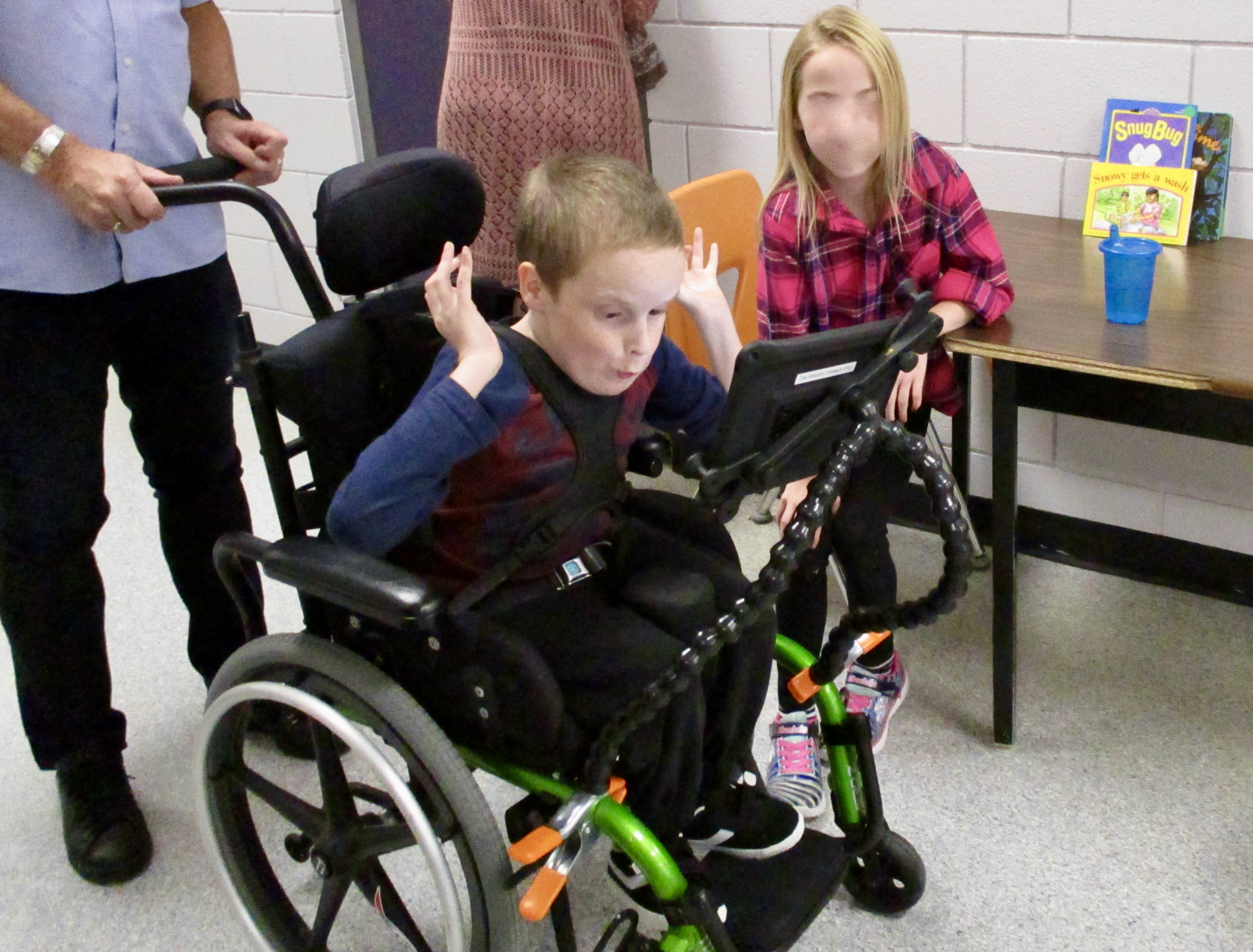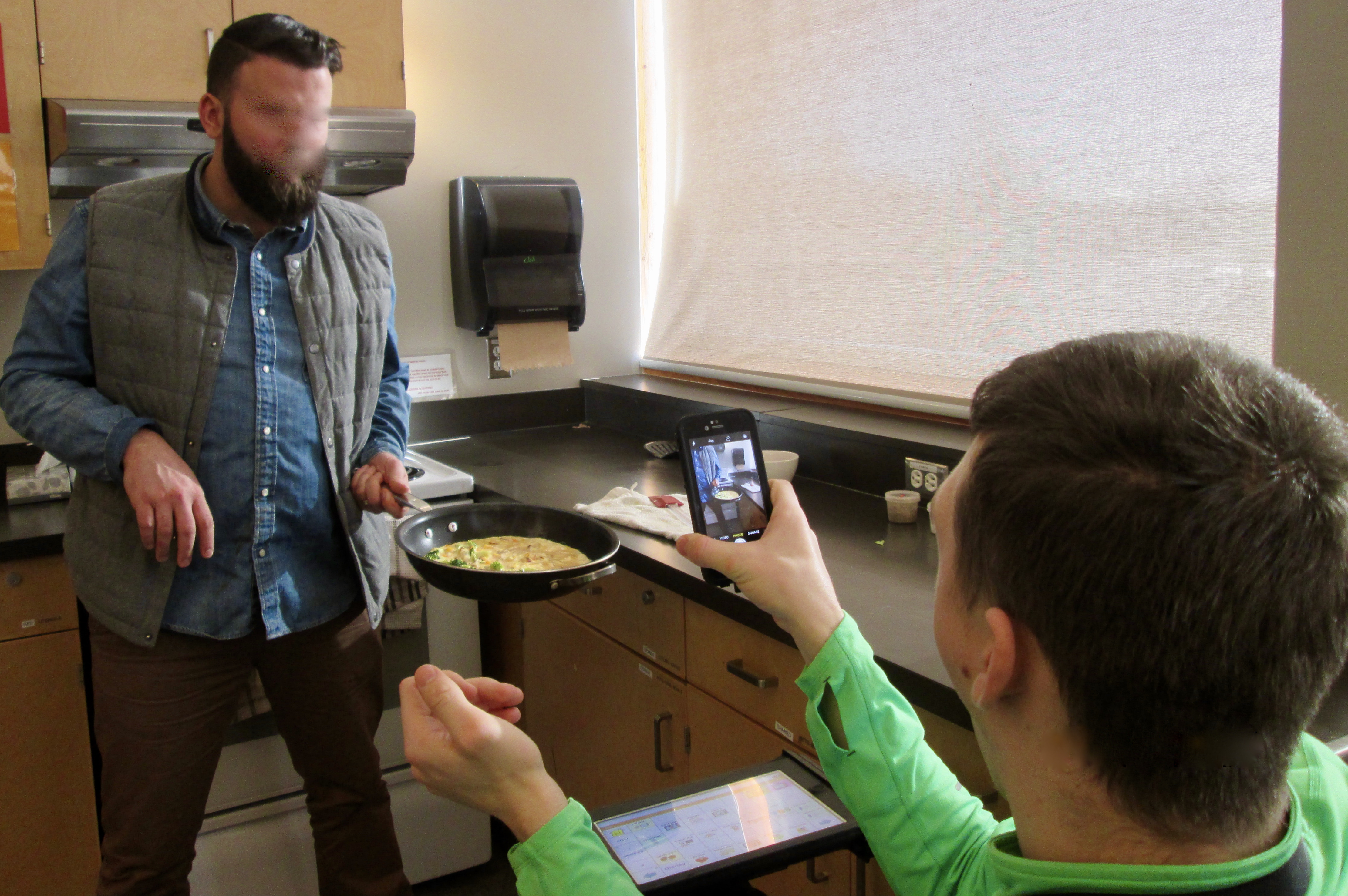Module 7: Communication
Augmentative and Alternative Communication (AAC)
While oral language is commonplace in classrooms, the Core Competencies of the B.C. Curriculum emphasize that students can use a range of “communication forms, strategies, and technologies” to express themselves. All students can learn to express themselves in ways that augment their current ways of communicating, or learn to communicate in alternative ways. Examples of augmentative and alternative communication tools that enable students to communicate and participate in the school setting include:
- Sign language
- Photos or picture symbols on boards or in books
- Chromebooks, iPads, tablets, computers
- Specialized equipment—voice output button or switch that communicates single messages, speech output apps on an iPad, specially designed communication devices for more sophisticated ideas or eye-gaze systems
When students rely on alternative and augmentative communication tools, it is important to ensure that the tools are accessible, portable, and can accompany the student wherever they go. Secondary equipment such as mounts and switches can assist in making the communication tools portable and accessible. Recent technological advances have led to an increase in the number, variety, and availability of tools that students can use to communicate and have a voice.

